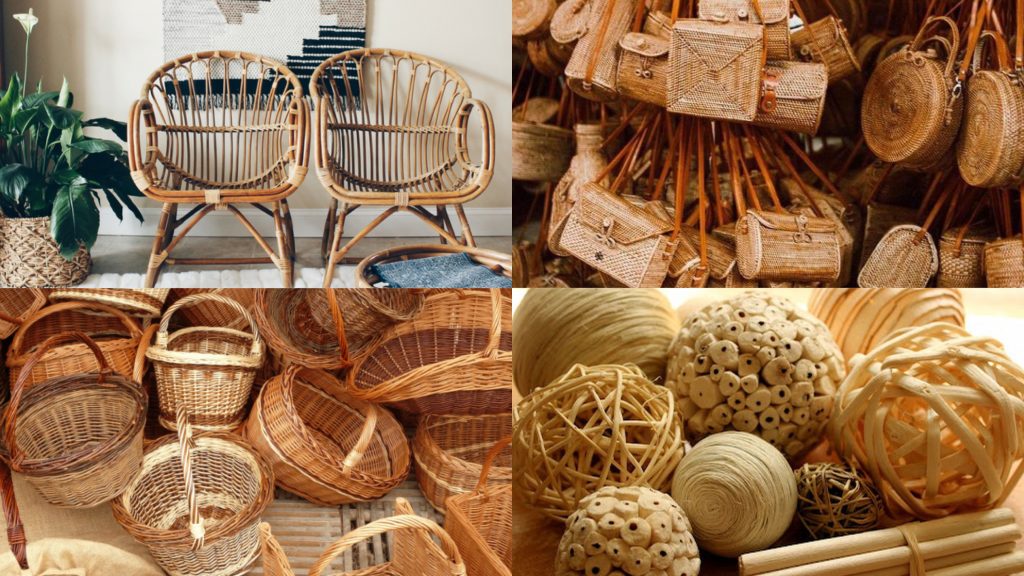Indonesia is the world’s largest producer of rattan, controlling approximately 85% of the rattan market. Of this total, 90% of rattan is sourced from natural forests in Sumatra, Central Kalimantan, and Central Sulawesi, while the remaining 10% comes from rattan cultivation. Moreover, Indonesia ranks third as a rattan-based exporter, with its main destinations being the United States, Italy, Germany, Japan, the Netherlands, the United Kingdom, and France.
Indonesian rattan has become one of the leading industrial products garnering attention in the global market, including Italy. Rattan is a type of palm plant that grows in tropical regions like Indonesia. The country’s abundant natural resources allow for the production of high-quality rattan, making it an attractive choice in the Italian market for elegant and environmentally friendly furniture and home decorations.
In addition to its strength, Indonesian rattan is also known for being environmentally friendly. Rattan is a rapidly renewable natural resource due to its fast growth and short life cycle. This means that rattan can be harvested sustainably without endangering the natural ecosystem. The environmentally conscious Italian market highly appreciates products that are made with sustainability in mind, making Indonesian rattan a perfect fit for their preferences.
Furthermore, Indonesian rattan has a high aesthetic appeal. Its unique texture and color add a natural and warm touch to its products. The intricate designs and craftsmanship of Indonesian rattan reflect the richness of Indonesian cultural heritage and traditional art, which attracts consumers in the Italian market who value uniqueness and craftsmanship in furniture and home decorations.

To ensure the sustainability of the Indonesian rattan industry in the Italian market, it is crucial to focus on quality and sustainability aspects. Maintaining product quality can be achieved through strict quality control, while sustainability efforts can involve preserving the forests where rattan grows and implementing responsible planting practices. By taking these steps, Indonesian rattan will continue to be a leading industrial product sought after and valued in the Italian market while also prioritizing environmental conservation.
For more information about Indonesia rattan commodity, you can visit www.itpcmilan.it
Sources
https://www.researchgate.net/publication/347426902_DINAMIKA_DAYA_SAING_EKSPOR_FURNITURE_ROTAN_INDONESIA_KE_NEGARA_TUJUAN_EROPA https://kemenperin.go.id/artikel/22743/Berorientasi-Ekspor,-Kemenperin-Pacu-Kinerja-Industri-Furnitur-Rotan-Saat-PPKM http://djpen.kemendag.go.id/app_frontend/admin/docs/publication/7351384233529.pdf https://online-journal.unja.ac.id/biospecies/article/view/218/6861 https://regional.kompas.com/read/2022/02/18/185311378/5-daerah-penghasil-rotan-terbesar-di-indonesia-dari-cirebon-hingga?page=all https://karya.brin.go.id/id/eprint/7471/1/Karakterisasi_Selulosa_Kulit_Rotan_Sebag.pdf https://www.jawapos.com/berita-sekitar-anda/011764748/menginspirasi-kelestarian-lingkungan-lewat-inovasi-kerajinan-rotan https://rimbakita.com/rotan/ https://perdagangan.sariagri.id/78996/produk-kerajinan-kayu-bambu-dan-rotan-indonesia-laris-manis-di-italia





